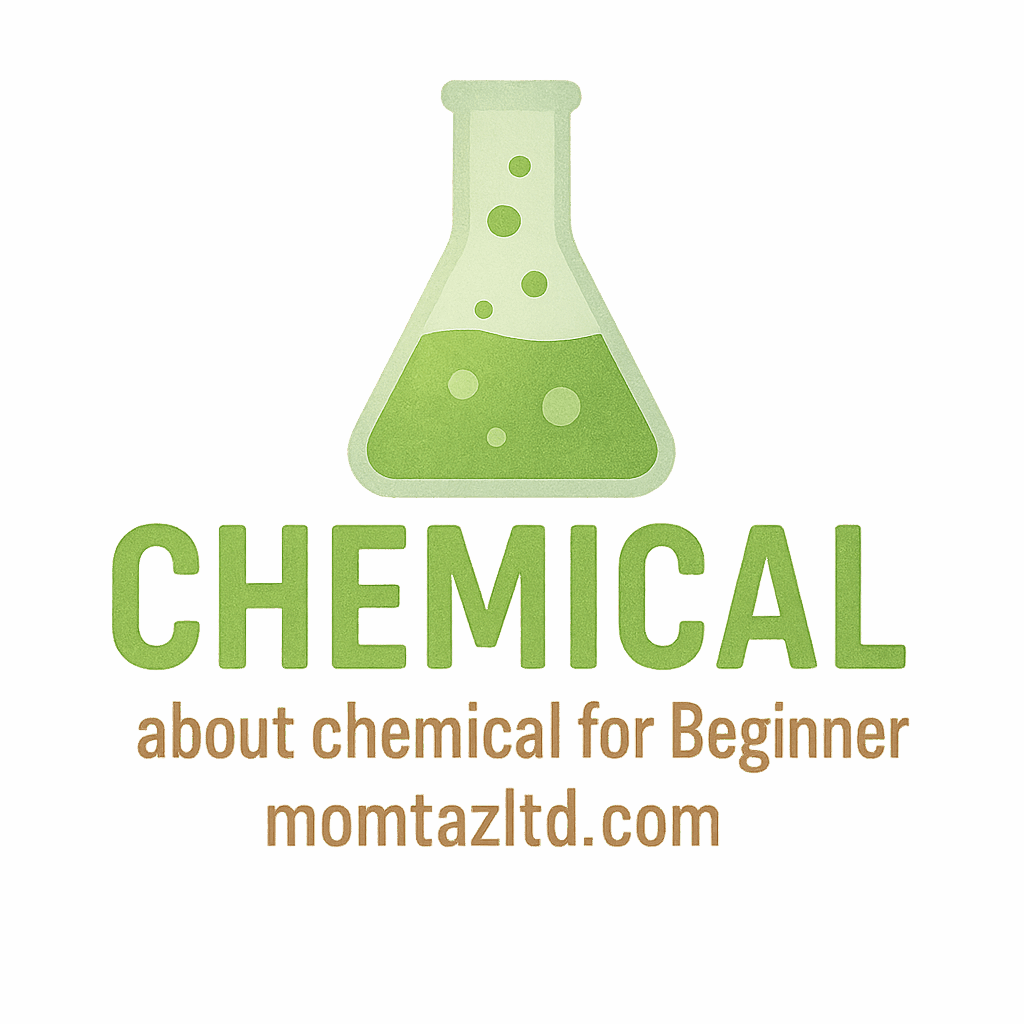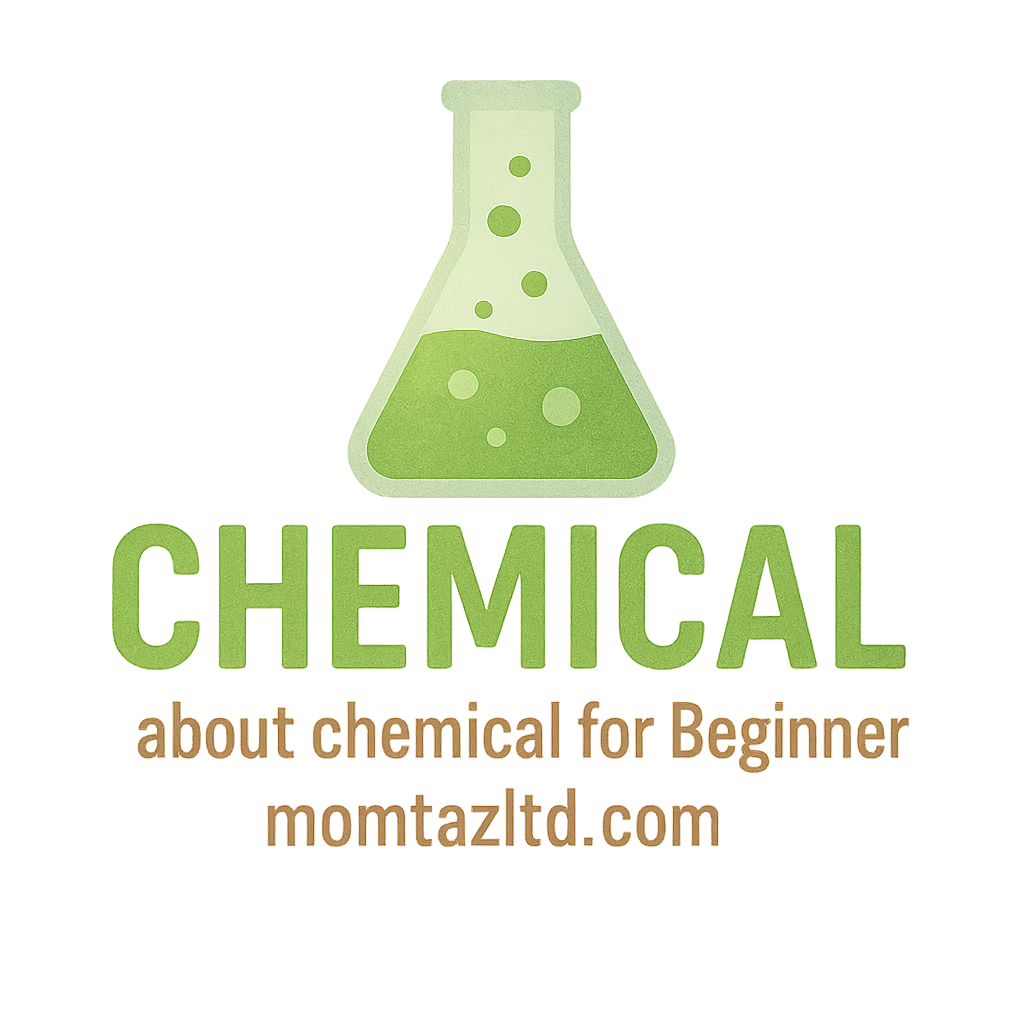Handling chemicals in a lab setting requires attention to detail and the right safety equipment to prevent accidents. The right tools help ensure that hazardous materials are handled correctly and safely. In this article, we’ll explore 10 essential pieces of lab equipment that are vital for handling chemicals properly, from safety goggles to chemical resistant gloves.
Introduction
Whether you’re a seasoned chemist or just getting started, the importance of proper chemical handling cannot be understated. The right equipment can make a significant difference in maintaining a safe environment and preventing chemical accidents. Lab equipment doesn’t just protect you; it also enhances the accuracy of your work. From lab coats to fume hoods, let’s dive into the equipment that plays a critical role in chemical safety and lab success.
Why Proper Chemical Handling is Important
Proper chemical handling is essential in the lab to avoid spills, exposure to harmful substances, and potential accidents. Mishandling chemicals can lead to burns, respiratory issues, and environmental contamination. Having the right tools at your disposal ensures that chemicals are stored, mixed, and disposed of safely, promoting safety for both lab personnel and the community.
The Role of Lab Equipment in Chemical Safety
Every piece of lab equipment is designed with safety in mind. Whether it’s preventing exposure, containing spills, or ensuring precise measurements, the right tools allow for effective chemical handling. For more information on chemical safety, check out our guide on Chemical Safety.
1. Safety Goggles
When working with chemicals, safety goggles are one of the most essential pieces of safety equipment. Chemicals can easily splash, spill, or even vaporize, posing a significant risk to your eyes.
Features of Good Safety Goggles
Good safety goggles should be made of impact-resistant materials, such as polycarbonate, to prevent injuries. They should fit securely around your eyes and prevent chemicals from splashing into them. Look for goggles with anti-fog coatings to maintain clear vision during long experiments. Check out more about personal protective equipment on Chemical Terms.
When to Wear Safety Goggles in the Lab
Wearing safety goggles is a non-negotiable safety measure whenever you’re handling chemicals, particularly when mixing or heating substances. Even if you’re just working with solvents or mild acids, goggles should always be worn. Learn more about hazardous chemical handling on our Beginner Chemistry page.
2. Lab Coats
A lab coat is another crucial protective layer that shields your skin from chemical exposure. Whether you’re working with toxic solvents or acids, a lab coat acts as a first line of defense against spills and splashes.
Protection Offered by Lab Coats
A quality lab coat offers protection against chemical burns, stains, and contamination. The material should be chemical-resistant, and some lab coats even come with flame-retardant properties. For more tips on choosing the right protective wear, visit our Chemical Care page.
Choosing the Right Lab Coat
The right lab coat depends on the chemicals you’re handling. For example, if you’re working with harsh acids, you’ll want a coat made from a material that resists acid corrosion. Ensure the coat fits well to ensure both comfort and safety.
3. Fume Hoods
A fume hood is indispensable for any laboratory where volatile or toxic substances are used. It pulls fumes away from the user and filters the air, preventing inhalation of hazardous gases.
What Are Fume Hoods?
A fume hood is an enclosed workspace designed to handle chemicals that release harmful fumes or vapors. These hoods help maintain airflow, ensuring that toxic substances are vented safely out of the lab. Explore more on chemical reactions in our Chemical Reactions section.
Benefits of Using Fume Hoods
By containing harmful fumes and venting them safely, fume hoods not only protect your health but also safeguard the integrity of your work. They prevent chemical contamination in the air, making them essential in laboratories handling volatile chemicals.
4. Chemical Spill Kits
Accidents happen, even in the most controlled environments. Chemical spill kits are critical for cleaning up spills quickly and safely.
What’s Inside a Spill Kit?
A typical chemical spill kit contains absorbent materials, neutralizing agents, gloves, masks, and detailed instructions on how to safely handle and clean up spills. Having the right kit ensures that any mishap can be managed effectively. Learn more about spill management in the lab on our Chemical Storage page.
How to Use a Chemical Spill Kit
In case of a chemical spill, first ensure the area is isolated, then use the absorbent material to soak up the spill. Neutralize any dangerous chemicals with the provided agents, and dispose of the waste according to proper disposal procedures.
5. Bunsen Burners
A Bunsen burner is essential for heating substances in the lab. It provides a controlled flame that can be adjusted depending on the task at hand.
How Bunsen Burners Help in Chemical Handling
Bunsen burners are used for heating, sterilizing, and even evaporating liquids. They offer a safe, controlled flame, ideal for chemical reactions that require heat. For additional safety tips on flame-based equipment, check out our guide on Lab Experiments.
Safety Precautions When Using Bunsen Burners
Always inspect the burner for leaks before use. Make sure to light it with a spark lighter and never leave a lit Bunsen burner unattended. Keep flammable substances away from the burner at all times.

6. Lab Balances
Accuracy is key when working with chemicals, and lab balances provide the precision you need to measure substances accurately.
Accuracy in Chemical Measurement
A lab balance is necessary for weighing chemicals accurately. Whether you’re working with grams or milligrams, a well-calibrated balance ensures your measurements are precise, making your experiment results reliable. Learn more about accurate measurements on our Chemical Basics page.
Choosing the Right Balance for Your Lab
Choose between an analytical balance for high precision or a top-loading balance for general purposes. Both types are invaluable, depending on your experiment’s needs.
7. Reagents and Storage Containers
Proper chemical storage is essential for maintaining the integrity and safety of your reagents. From acids to solvents, each chemical needs to be stored in the correct container.
Proper Storage of Chemicals
Ensure that chemicals are stored in appropriate containers that prevent contamination and leakage. This could involve using glass bottles for acids or plastic containers for other less reactive chemicals. For more information on safe chemical handling, explore our page on Industrial Chemicals.
Types of Reagents Containers
The type of container depends on the chemical you’re storing. Glass is ideal for most reagents, but plastic may be used for chemicals that do not react with it. Make sure the containers are labeled clearly with hazard warnings and handling instructions.
8. Test Tubes and Beakers
Test tubes and beakers are commonly used for handling chemicals in the lab, whether you’re conducting reactions or mixing solutions.
How Test Tubes and Beakers Are Used
Test tubes are used for small-scale reactions or heating liquids, while beakers are ideal for holding or mixing larger volumes. Both are made of heat-resistant glass to withstand the heat from Bunsen burners and other heating methods.
Choosing the Right Test Tubes and Beakers
Choose borosilicate glass test tubes and beakers for their resistance to thermal shock. These are the most durable options for chemical handling and can easily handle temperature changes.
9. pH Meters and Test Strips
Monitoring the pH level of chemicals is crucial to ensure the success of many reactions. pH meters and test strips are the tools you need.
The Importance of pH Testing in Labs
The pH of a substance can affect its reactivity and behavior in a chemical process. Using a pH meter or test strips can help ensure that your reactions proceed correctly. For more on lab techniques, visit our Learn from Experts page.
How to Use pH Meters and Test Strips
Dip the pH meter electrode into your solution and wait for the digital display to show the pH level. Test strips provide a quick and easy way to measure pH levels by comparing the strip’s color change to a pH chart.
10. Chemical Resistant Gloves
When handling hazardous chemicals, chemical-resistant gloves provide vital protection for your hands.
Types of Chemical Resistant Gloves
There are various types of gloves depending on the chemicals being handled. Nitrile gloves are excellent for general chemical use, while latex gloves are best for biological applications. Rubber gloves are suitable for harsher chemicals. Check out our page on Laboratory Chemicals for more details on proper lab safety.
Proper Usage of Gloves in the Lab
Inspect gloves for holes before use and make sure they are tightly fitted around the wrists. Always change gloves after handling different chemicals to prevent cross-contamination.
Conclusion
Chemical handling in the lab requires the right equipment to ensure safety and precision. From safety goggles to chemical-resistant gloves, each piece of equipment plays a crucial role in protecting you from harm and ensuring your experiments are successful. To learn more about chemical safety and lab techniques, visit our resources and stay informed about best practices.
7 FAQs About Lab Equipment for Chemical Handling
- What are the essential lab safety equipment?
- Why are fume hoods important in chemical handling?
- How do chemical spill kits work?
- Can I reuse gloves in the lab?
- What type of balance is most accurate in a laboratory?
- How often should lab equipment be calibrated?
- Are all lab coats chemical resistant?


